The Doof's history has not always been a subject to easy research. A lot of facts about the Doof have turned out to be fictitious. This has frustrated Doof historians and made their work most difficult. But sometimes the hard work pays off and a story about the Doof proves to be factual as in the case before you.

The Doof has been traced back and it's origin has been mostly recognized to have begun in the 1920's at a small animation studio, Music-toons Productions. The Doof was mainly a supporting character and made it's debut in one of the studios productions, "Snow White". Snow White was an silent cartoon short produced some eight years before Walt Disney's enchanting version. The Doof started life as Looking Gus, the magical mirror that gave the evil queen daily reports on her beauty. Alas the studio went bankrupt in the crash of 1929 and the film was never released along with other shorts that used the Doof image. Adding to the bankruptcy was a mysterious fire that destroyed the studio and all its films.

The image of the Doof could have died in that fire, but luckily an employee in the sales department had in his possession, publicity photos of the Doof which he gave to his daughter. This salesman, whose name has been lost with time, was a resourceful man, so losing his job at the studio was not a great setback. He was a good salesman and he knew that all he needed was a product to sell. He had a friend who was an out of work chemist who had a line of medical salves and ointments. A partnership formed as as the story goes, it was the daughter who proposed the use of the Doof image to represent the products. The Doof products made a modest profit for the two men but the line failed eventual. The by-product from the exposure of the Doof image was that folk artists, seeing their children responding favorably to the Doof , began to use the image in their artwork. Writers, who saw the work of the folk artists, wrote stories of the Doof as if it had magical qualities, not unlike a lucky charm. But the Doof never connected with the general public and the Doof culture was regulated to the outer edge of society, fading away until the 1950's. But that is another story.



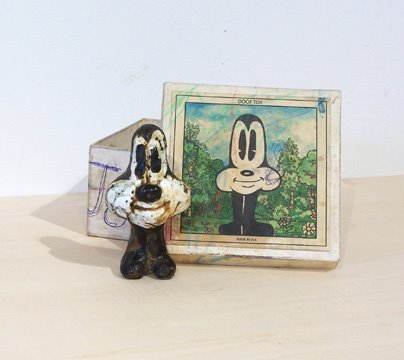
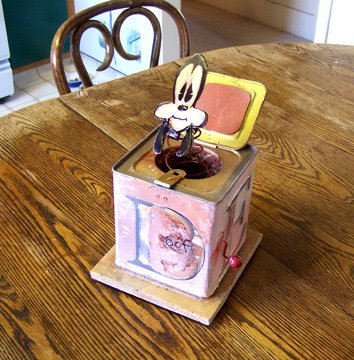

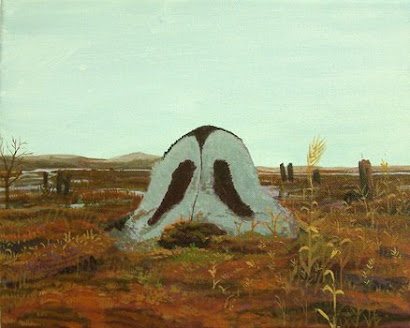

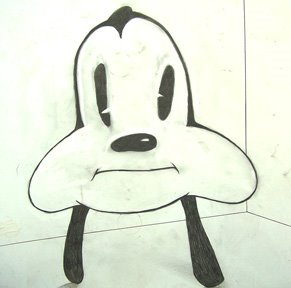
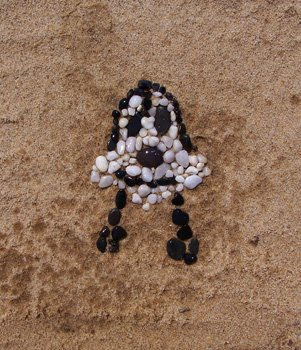

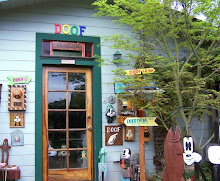








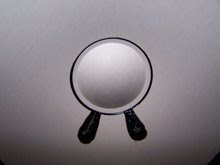
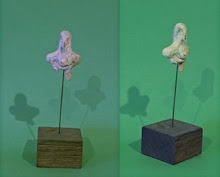
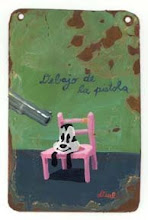
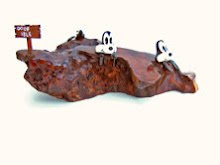
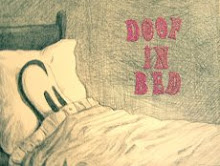



No comments:
Post a Comment